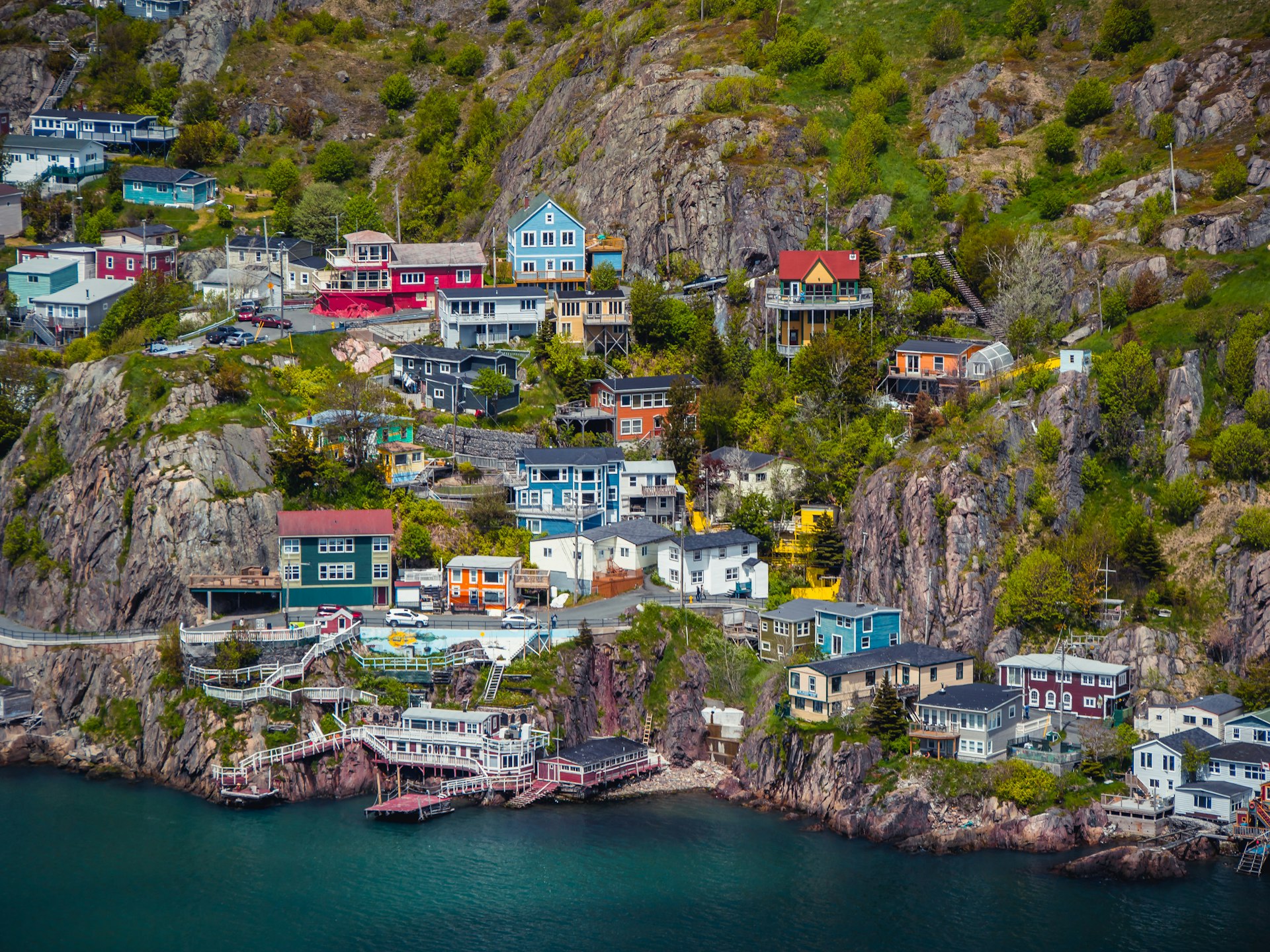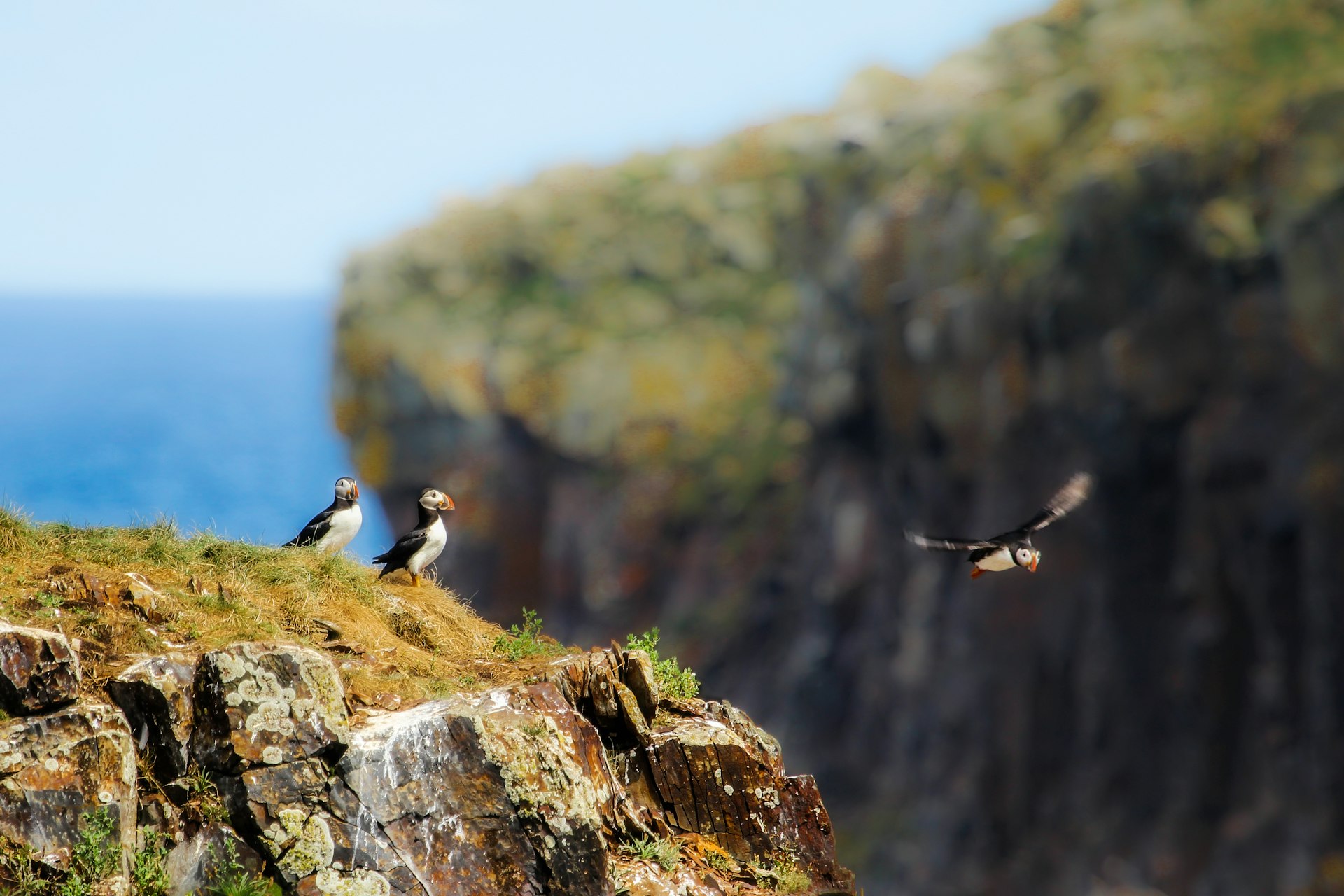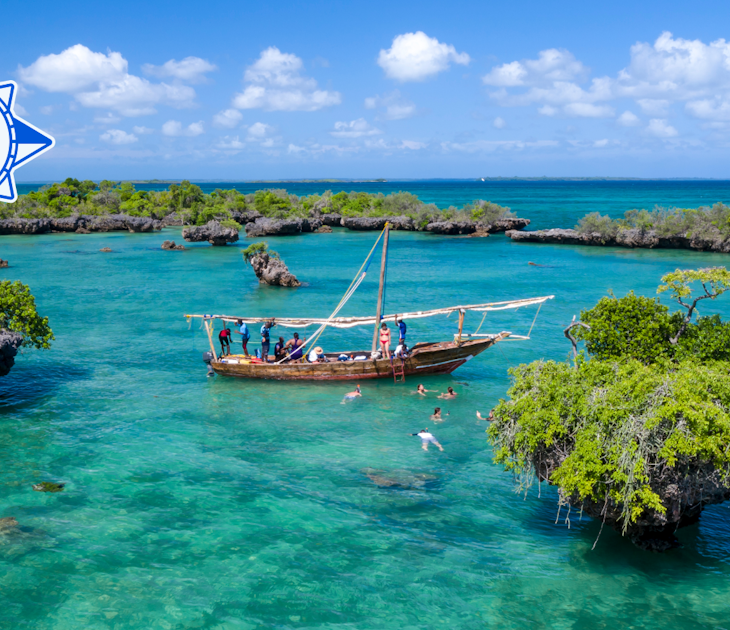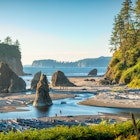When a northern, sea-bound island goes by the nickname “The Rock,” you already have a good idea of what to expect. Newfoundland is a place of elemental beauty where the Earth’s mantle is one of the attractions. Stiff breezes can build to roaring winds off the cold Atlantic, pushing around icebergs and tossing fishing boats, even in coves protected by jagged cliffs where clouds of seabirds nest.
The traits Newfoundlanders are known for – hardiness, hospitality, humor – grew out of generations scraping a living from this landscape. The resourcefulness and generosity of Newfoundlanders shone on 9/11 when 38 planes loaded with passengers made an emergency landing in the small town of Gander. Based on the incident, the musical Come From Away became a Broadway smash hit. You’ll find that welcoming spirit in every corner of this rugged, majestic isle.

When should I go to Newfoundland?
May to October is the time to visit Newfoundland. Icebergs slide by the coast in spring. In the crispness of autumn, those wide open spaces seem even emptier. Prime travel season in Newfoundland is July and August when temperatures are rarely too hot or cold, and every historic site, pub, restaurant and accommodation is running full tilt, squeezing everything they can from the short season.
On the flip side, this concentration means increased costs for hotel rooms. Unless you arrive with your own vehicle via one of the two ferries from Nova Scotia, a rental car is essential. The one exception is if you’re flying in for a quick weekend getaway to St. John’s, the small and walkable capital city.
Winters are harsh on Newfoundland and the snow can pile feet deep. Great for skiing on its western slopes at Marble Mountain, but winter is otherwise a no-go season.

How much time should I spend in Newfoundland?
Spend three days dining, partying and walking around St. John’s. Set aside four days to hike, drive and take a boat tour around the Gros Morne National Park region on the west coast. Take at least a week to experience the whole island. Follow crooked coastal roads to views that can suddenly erupt in sprawling archipelagos or towering icebergs adrift on choppy seas. Hop on a ferry to a remote location like Fogo Island for a truly out-of-the-way excursion.
Bottom line, Newfoundland is much larger than many assume, about the size of Cuba. It’s the fourth largest island in a country of enormous landmasses. The 680km (423-mile) drive from Corner Brook on the west coast to St. John’s on the eastern edge takes at least seven hours. Driving distance and time is exactly the same from the ferry terminal at Port aux Basques to St. Anthony at the tip of the great northern peninsula.
Is it easy to get in and around Newfoundland?
When contemplating a trip to Newfoundland, a vast and diverse island, it’s useful to ask yourself what kind of trip you prefer. Are you partial to day hikes in a mountainous landscape with an edge of the prehistoric about it? Do you prefer long, lazy drives with endless scenery, scattered villages and ancient historic sites? If so, land at Port aux Basques or fly into Deer Lake and rent a car.
Alternatively, maybe your thing is rocky coastline punctuated by sparsely populated coves and barren islands where whales, icebergs and seabirds animate lighthouse-studded scenery. Then take the 16-hour ferry crossing from Nova Scotia to Argentia on Newfoundland’s east coast or fly into St. John’s and go with a rental car.
Whichever route you choose, be warned, rental cars are difficult to find in peak season. Book far in advance of arrival.

My favorite things to do in Newfoundland
The balance of nature and culture draws me back repeatedly to the western fjords, ancient tabletop mountains and quiet enclave towns like Norris Point and Woody Point in and around Gros Morne National Park. Take a full day to hike up Gros Morne Mountain itself and walk around the flat summit in search of sky high views of waterways far below. Spend a few hours walking the Tablelands, an exposed expanse of the Earth’s mantle, an eerie, Martian landscape.
Late May and early June is iceberg season. The hulking, shiny leviathans skulk along the northern and eastern coasts, sometimes bottoming out in shallow waters. Join the Newfoundland and Labrador Iceberg Report group on Facebook that provides current sighting locations. One of the great thrills in St. John’s is walking up to Signal Hill where Cabot Tower overlooks the harbor mouth and, with luck, a few icebergs or even a whale spouting in the near distance. This is where Guglielmo Marconi received the first transatlantic wireless signal in 1901.
For one of the world’s great wildlife encounters, drive a couple hours south from St. John’s to the Cape St. Mary’s Ecological Reserve. Looking out to Bird Rock and into the skies, you can see clouds of seabirds including some of the 30,000 northern gannets, 20,000 kittiwakes and 20,000 common murres that flock here. Just 45 minutes from the capital, the Witless Bay Ecological Reserve is home to an astonishing 620,000 nesting pairs of Leach's storm petrels, the second-largest colony in the world. And they aren’t even the main attraction. The continent’s largest colony at 260,000 pairs of clown-faced puffins nest and fish here too. You’ll need to book a boat tour at Witless Bay to see Newfoundland’s official provincial bird.
Nearly as exhilarating is a night out on George Street in downtown St. John’s. It’s like a party broke out in this bar-studded neighborhood in the 19th century and never ended. George Street claims to have more bars and pubs per square foot than any street in North America. Music pulsates from nearly every doorway in summer, overflowing into the street and onto the outdoor main stage. Craft beer, pounding tunes and good times are served up in equal measure.
See more of Canada on one of these classic road trips
How much money do I need for a trip to Newfoundland?
As Canadian destinations go, Newfoundland is off the beaten flight path and isolated in the north Atlantic, making it more expensive to reach than other destinations. If crossing by ferry with Marine Atlantic to one of Newfoundland’s two terminals, you’ll first have to drive to the northern tip of Nova Scotia. A couple with a car will pay at least $400 for a return crossing to Port aux Basques and at least $700 for the return Argentia crossing. Sleeping cabins are extra.
On the ground in Newfoundland, prices at hotels, restaurants and bars are on par with other regions of Canada. If you’re on a budget, go with a tent or stick to B&Bs where you’ll meet friendly islanders and learn a few words of the Newfoundland dialect – maybe your hosts will treat you to a scoff of Jiggs dinner.
Daily costs
- Basic room for two: $110-350
- Self-catering apartment (including Airbnb): $110-130
- Coffee: $2-6
- Sandwich: $5-24
- Dinner for two: $75-100
- Fish and chips: $18-32
- Beer/pint at the bar: $6.75-10
- Iceberg tour: $40-95
Frequently asked questions
What should I wear on a trip to Newfoundland?
Bring lots of layers and a raincoat for changeable weather and a solid pair of hiking shoes to take full advantage of one of Newfoundland’s best assets: its trails.
Do I need a visa to visit Newfoundland?
Many visitors don’t need a visa to visit Newfoundland, but it’s best to check entry requirements with the Canadian government.
Is it true that Newfoundland has its own time zone?
Yes. Newfoundland operates on Newfoundland Standard Time (NST), 30 minutes ahead of Atlantic Standard Time.
Is driving safe in Newfoundland?
Drive on the right and get to know Newfoundland’s designated scenic routes. Roads and highways in Newfoundland are rarely busy or dangerous, with one exception. Beware of driving at night when moose often wander onto roads.
How do I prepare for a wilderness hike?
Dress appropriately: warm clothing, a waterproof layer, good footwear. Tell someone where you’re going and when you expect to return. Take extra water and food.
Is tipping customary in Newfoundland?
A typical restaurant or taxi tip is 15 percent, but options range from zero at a fast food restaurant to up to 25, if you’re feeling generous.
Did anyone live in Newfoundland before European settlers?
Despite its name, Newfoundland is far from new and certainly not recently found. To fully appreciate the rich human legacy of Newfoundland, read up on the Vikings who reached Newfoundland and North America hundreds of years before Columbus, archaic peoples like the Dorset Palaeo-eskimos, the extinct Beothuk and the Mi’kmaq who still have a presence.












